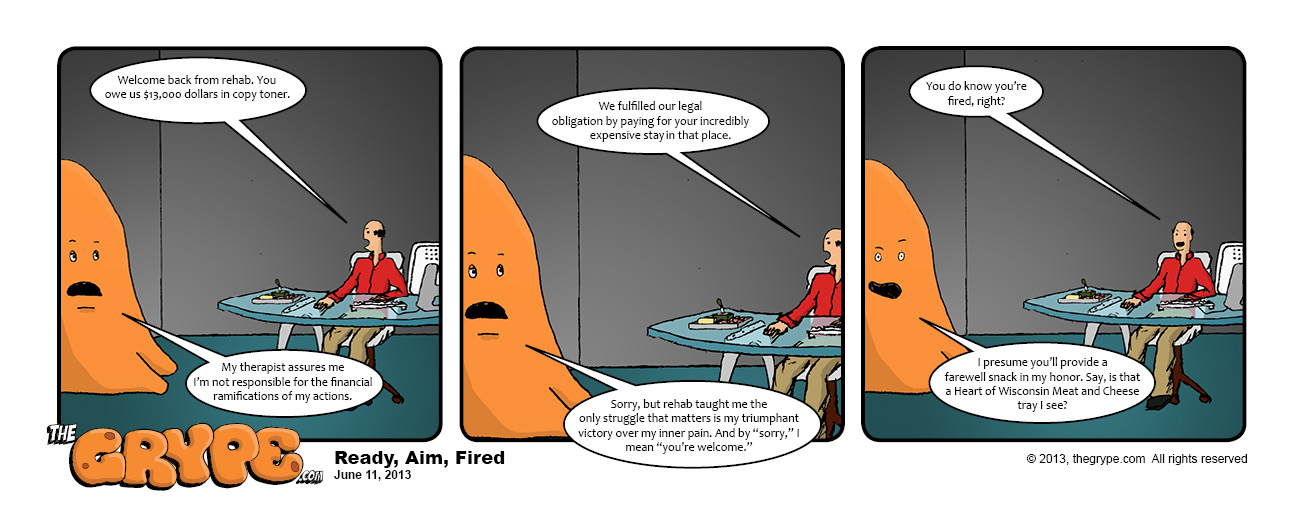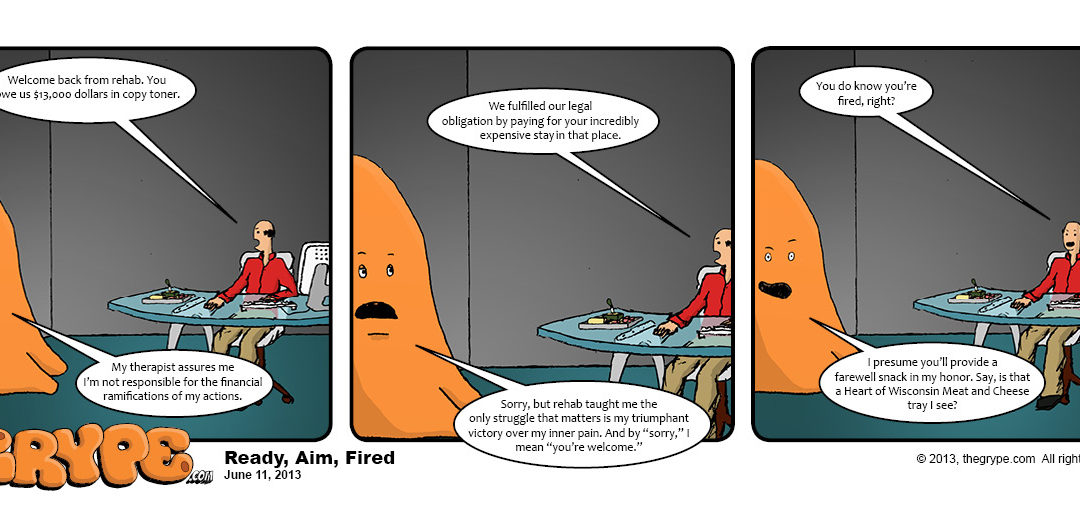 Last week I promised you we would bag on Pepsi, so here goes:
Last week I promised you we would bag on Pepsi, so here goes:
Way back in the early 1990s (during the heady days of “the Cola Wars”) Pepsi Cola was getting seriously stomped by Coca-Cola in foreign markets— even in spite of the “New Coke” debacle we discussed last week. So in an attempt to capture a larger market share, Pepsi ad executives rubbed their pointy-little-heads together and dreamed up a completely original marketing scheme called a “lottery.” And yes, it’s precisely as impressive as it sounds. Basically they just followed in the well-worn steps of every cheesy food marketing scheme in the history of cheesy food marketing by painting three-digit numbers inside Pepsi bottle caps and handing out LOTS of crappy “second prizes” (free sodas), all the while promising one lucky winner the fantastic sum of 1 million pesos (roughly $40k in US dollars). They named these contests the awesomely-creative “Number Fever,” because apparently the height of 1990s advertising ingenuity knew no bounds.
There were problems right out of the starting gate: one 1992 Number Fever promotion in Chile became a huge public debacle when the misinterpretation of a smudgy plastic-coated fax (remember those?) resulted in an incorrect “winning” number accidentally being released to the public. The Chileans didn’t care if it was a mistake— they wanted their prizes. So Pepsi had to shell out a lot of additional cash fighting numerous lawsuits against reneged contest winners who felt cheated. Meanwhile, Pepsi’s sales in countries where the Number Fever campaign was happening increased by 40%. So what are a few hundred lawsuits when compared to such sweet success?
But there was worse to come: less than a year later, in the Phillipines, the Pepsi reps running the promotion expanded the number of prizes to over 1,500 and extended the contest for five extra weeks, selling countless millions of sodas to well over half the Filipino population. Number Fever was a hugely successful promotional gimmick. Now all Pepsi needed to do was choose a winner.
As in every such lottery-type marketing scheme, certain numbers were specifically NOT intended to be selected as the winner; in this case it was the number 349, which was printed on 800,000 bottle caps. So the consulting firm hired to draw the winning number— who had presumably been warned “whatever you do, DON’T DRAW NUMBER 349”— fired up their computer program and DREW THE NUMBER 349. LIVE, ON FILIPINO TV.
Naturally Pepsi executives balked when hundreds of thousands of joyous Filipinos showed up on their doorstep, each planning to claim his million pesos.
Acknowledging their massive (and ironically hilarious) mistake, Pepsi still stubbornly refused to pay a few billion dollars in accidental prize money. Pepsi tried to deflect the whole thing by inventing the bullshit story that the caps “didn’t contain the correct security code.” The result of which was the entire nation of the Phillipines went on an insane anti-Pepsi Cola riot binge, descending into the throes of soda-addled madness.
Rioters bombed Pepsi bottling plants and burned Pepsi delivery trucks while American Pepsi executives made a mad dash to escape the country. Thousands of lawsuits followed, and Pepsi lamely offered $20 bucks to each cheated winner.
When the smoke cleared, Pepsi’s planned $2 million in prize payouts had ballooned into more than $10 million in restitution and legal fees.
There’s no joke here. The whole sordid tale is its own punchline.


Where can I find information on the 1992 Pepsi number scandal in Chile?
Just do a Google search for “1992 Number Fever.” There are literally thousands of links and articles about it.
The liability lawsuit that resulted went all the way to the Supreme Court. Do a search for “supreme court pepsi 349” for hundreds of source articles about it.